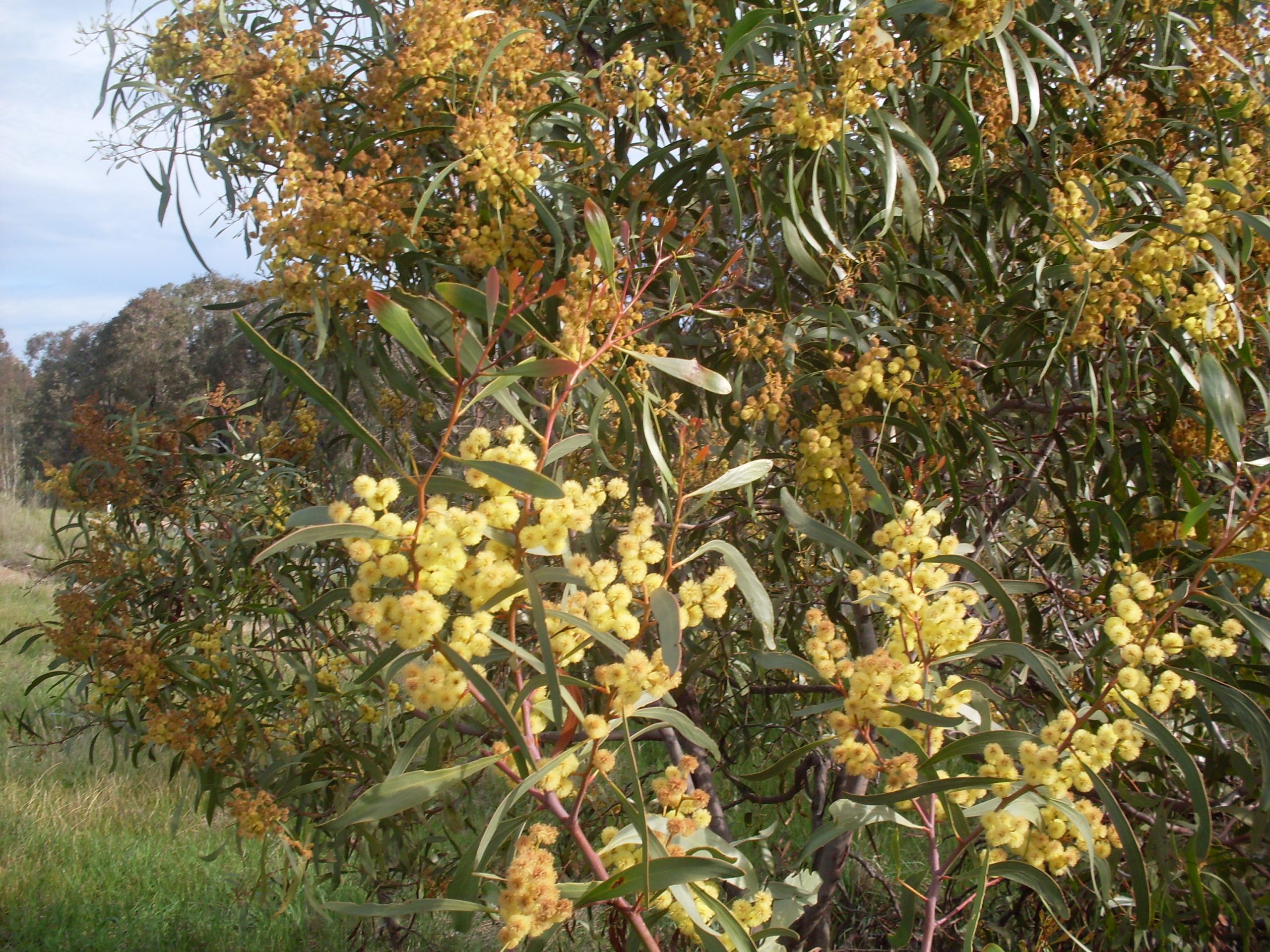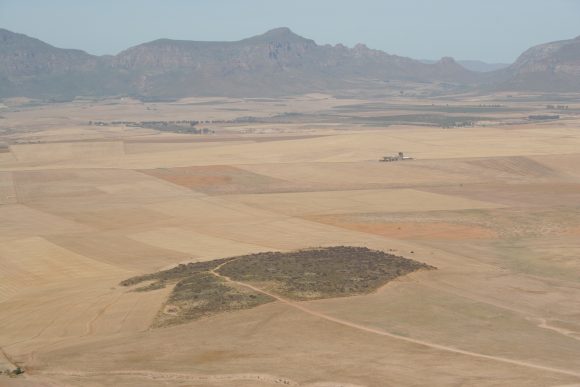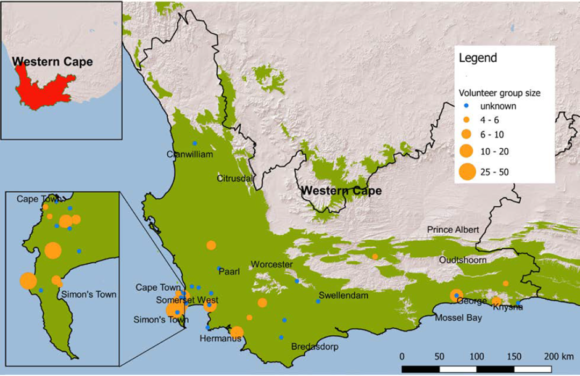10 December 2013 | By Jaco Le Roux

Quantifying the amount of genetic diversity and how it is distributed within and between populations (genetic structure) has become a major focus in invasion biology. Population genetic structure can be useful as a proxy for the introduction history of a species, e.g. to differentiate between multiple introductions vs. single introductions. Similarly, knowing the ancestral source of invasive populations in their natal ranges has important implications for biological control, i.e. identifying native range areas most likely to have effective host-specific and co-evolved natural enemies. Moreover, genetic studies can be very informative to better understand how contemporary evolution impacts the invasiveness of species.
A recent paper published in BMC Ecology by C·I·B core team member, Dr Jaco Le Roux and co-workers compared genetic diversity and structure between and within native (Australian) and invasive (South African) populations of the golden wattle, Acacia pycnantha. This species, like many others wattles that are invasive in South Africa, has been historically introduced for agroforestry and dune reclamation purposes. Forestry trees represent a particularly interesting case to explore genetic diversity and structure since 1) they are typically sampled over large parts of the native range and in large numbers prior to their introduction 2) they often undergo extensive breeding to select for favourable traits and genotypes suited to local environmental conditions. These processes may aid successful invasions by facilitating higher propagule pressure and genetic diversity, or by selecting for traits such as short generation times and high growth rates.
The paper by Le Roux et al. showed that, despite having been introduced only on two occasions to South Africa, invasive golden wattle populations have remarkably high genetic diversity, representative of the gene diversity found throughout the species’ native range in south eastern Australia. This could imply that the two introductions into South Africa must have been sampled across a wide range in Australia and that these introduction efforts (propagule pressure) must have been high, leading to high levels of admixture and genetic diversity in the new range. However, the authors also illustrated that golden wattle populations in Australia lack genetic structure and are characterised by extensive levels of hybridisation, similar to those identified in South Africa.
The extensive hybridisation in Australia is most likely due to human-mediated processes, as this species has been extensively moved and planted by humans for many years. Therefore, given only two introduction events, the most parsimonious explanation for the genetic similarities between golden wattle populations from South Africa and Australia is that already-admixed propagules, as a result of extensive plantings during revegetation projects in Australia, reached South Africa. This is one of the first studies to illustrate how human-mediated movement within the native range of a species may impact the genetic structure found within its invasive range.



